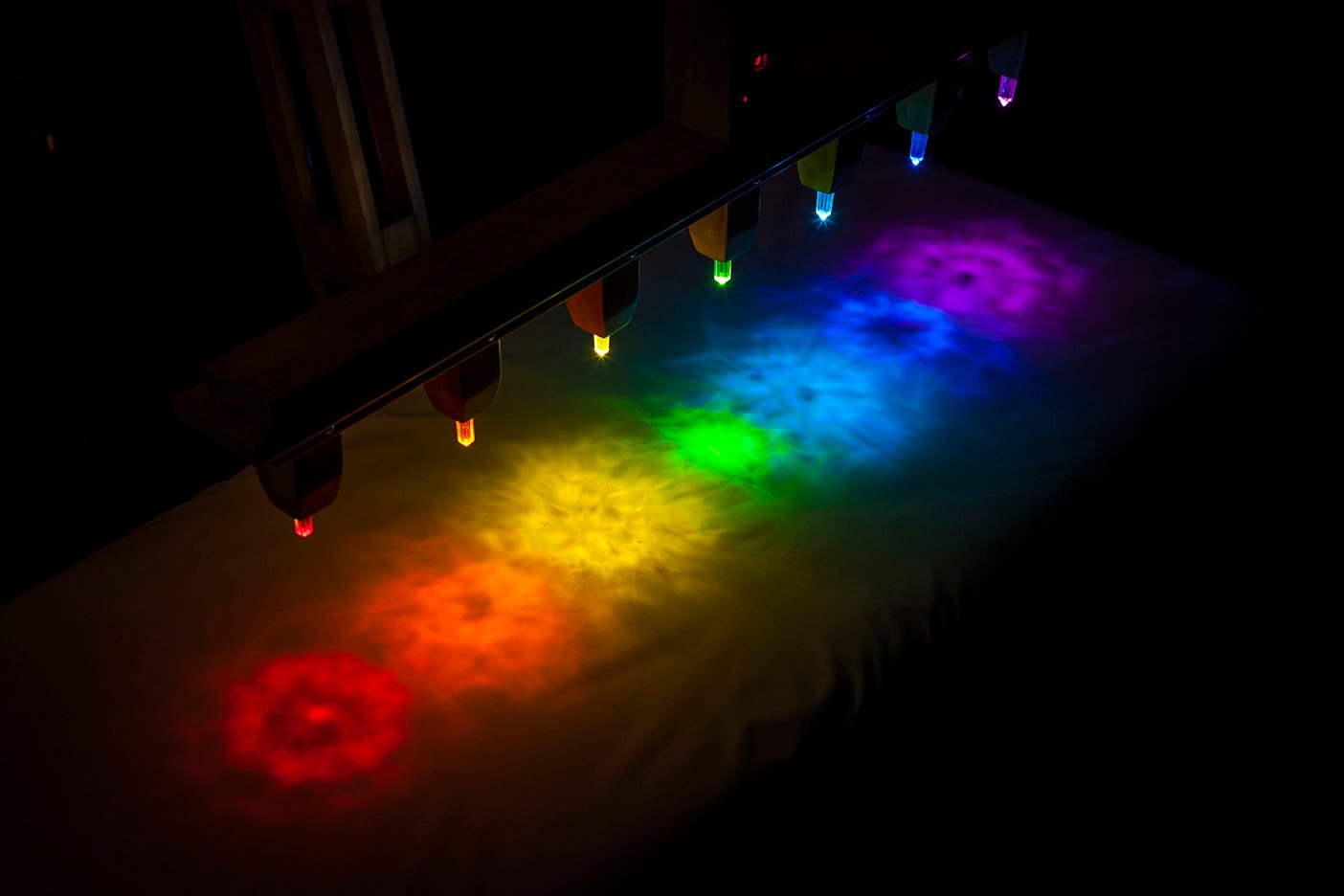
Apophyllite Crystal – Meaning, Benefits, Healing Properties & How to Use
What is Apophyllite?
Peer into a tiny ice cathedral frozen mid-thaw—that’s clear Apophyllite. It forms in zeolite pockets, growing into perfect pyramids that fracture light like kaleidoscopes. Technically a phyllosilicate containing potassium, calcium, and fluorine, Apophyllite’s Greek name translates “it flakes off,” referencing its pearly cleavage—one wrong tap and plates shear like mica. Yet those imperfections act like windows, letting light flood every corner.
Benefits of Apophyllite
In reiki rooms I balance an Apophyllite tip on each ankle; clients describe a sudden sense of limbs becoming weightless, as if gravity loosened its grip. Stories swirl about astral travel and sharp intuitive download, but the practical upshot is heightened present-moment focus—no to-do lists allowed. Migraine sufferers sometimes gaze through its prism, letting refracted rainbows distract pain pathways. Remember: see your neurologist as you crystal-gaze.
How to Use Apophyllite?
Build a mini-grid: place Apophyllite at center, surround with four white tea-lights; meditate until candle pools merge. Photographers position a cube near their lens; scattered light softens portrait glare. During difficult conversations, hold the pyramid apex pointing outward—imagine tension venting through the tip.
Healing Properties of Apophyllite
Colorway: water-clear, pastel mint, or rare salmon-pink. Hardness 4.5–5. Specific gravity surprisingly light. Primary harvests: Maharashtra (India), Iceland, Quebec. Tags: spiritual clarity, inner lighthouse, open channel.
Apophyllite Cleaning and Maintenance
Water safe but slippery when wet; hold over a bowl. No chemical cleaners—acid etches facets. Air-dry, then rest atop a cluster of clear quartz to amplify sparkle. Because edges chip, nestle in foam when transporting. Full-moon glow won’t harm it, yet blistering sun could cause internal fissures to widen.

